901111
Phenox O-PC™ A0202
New Iridium, ≥97%
Sinónimos:
3,7-Di([1,1′-biphenyl]-4-yl)-10-(naphthalen-1-yl)-10H-phenoxazine, Miyake organophotoredox catalyst, 3,7-Di(4-biphenyl) 1-naphthalene-10-phenoxazine, PhenO_1Naph_Biph
About This Item
Productos recomendados
Quality Level
assay
≥97%
form
powder or crystals
reaction suitability
reagent type: catalyst
reaction type: Photocatalysis
mp
171 °C
photocatalyst activation
400 nm
SMILES string
C1(C=CC(C2=CC=C(C3=CC=CC=C3)C=C2)=C4)=C4OC(C=C(C5=CC=C(C6=CC=CC=C6)C=C5)C=C7)=C7N1C8=C(C=CC=C9)C9=CC=C8
InChI
1S/C46H31NO/c1-3-10-32(11-4-1)34-18-22-36(23-19-34)39-26-28-43-45(30-39)48-46-31-40(37-24-20-35(21-25-37)33-12-5-2-6-13-33)27-29-44(46)47(43)42-17-9-15-38-14-7-8-16-41(38)42/h1-31H
InChI key
IGGSSEOAGCUGDJ-UHFFFAOYSA-N
Categorías relacionadas
Application
Product can be used with our line of photoreactors: Including Penn PhD (Z744035) & SynLED 2.0 (Z744080)
Other Notes
Organocatalyzed Atom Transfer Radical Polymerization Driven by Visible Light
Organocatalyzed Atom Transfer Radical Polymerization Using N-Aryl Phenoxazines as Photoredox Catalysts
Intramolecular Charge Transfer and Ion Pairing in N,N-Diaryl Dihydrophenazine Photoredox Catalysts for Efficient Organocatalyzed Atom Transfer Radical Polymerization
Legal Information
related product
Storage Class
11 - Combustible Solids
wgk_germany
WGK 3
flash_point_f
Not applicable
flash_point_c
Not applicable
Elija entre una de las versiones más recientes:
Certificados de análisis (COA)
¿No ve la versión correcta?
Si necesita una versión concreta, puede buscar un certificado específico por el número de lote.
¿Ya tiene este producto?
Encuentre la documentación para los productos que ha comprado recientemente en la Biblioteca de documentos.
Los clientes también vieron
Artículos
Photoredox catalysis is a powerful synthetic methodology to form challenging covalent bonds using light irradiation. It is effective for light-driven polymer and small molecule synthesis.
Global Trade Item Number
| Número de referencia del producto (SKU) | GTIN |
|---|---|
| 901111-100MG | 4061833259481 |
| 901111-1G | 4061841290704 |
Nuestro equipo de científicos tiene experiencia en todas las áreas de investigación: Ciencias de la vida, Ciencia de los materiales, Síntesis química, Cromatografía, Analítica y muchas otras.
Póngase en contacto con el Servicio técnico

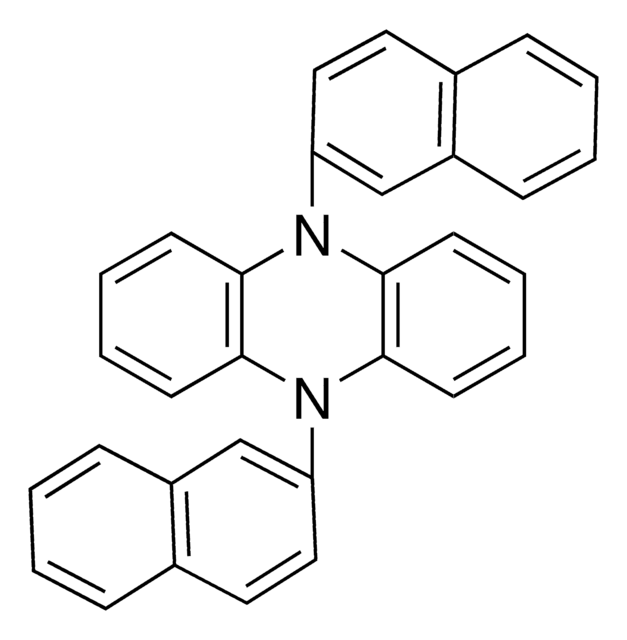

![(Ir[dF(CF3)ppy]2(dtbpy))PF6](/deepweb/assets/sigmaaldrich/product/structures/982/913/02dd8ddd-6deb-40a0-ab9b-07b18f1abb09/640/02dd8ddd-6deb-40a0-ab9b-07b18f1abb09.png)
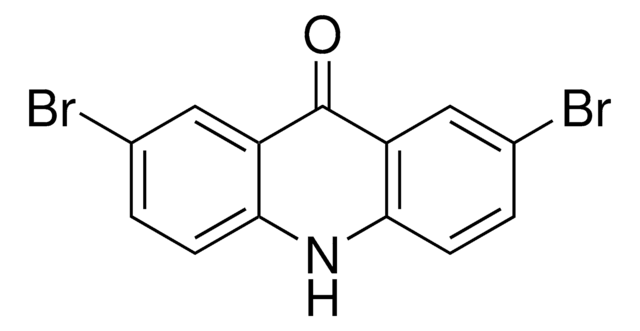


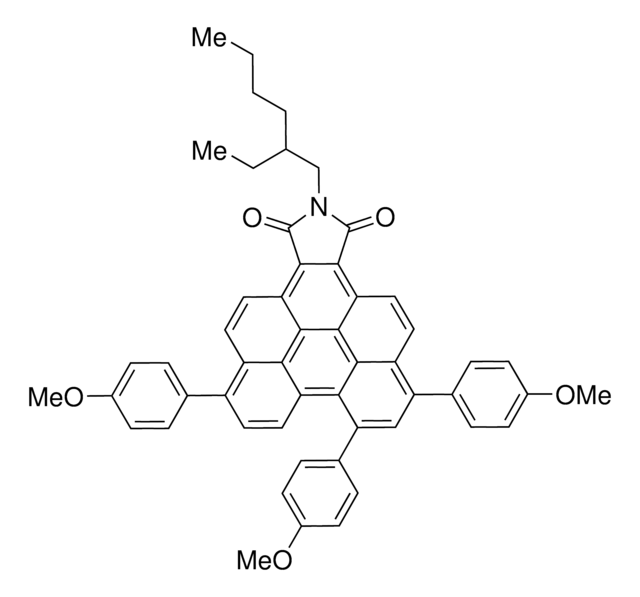

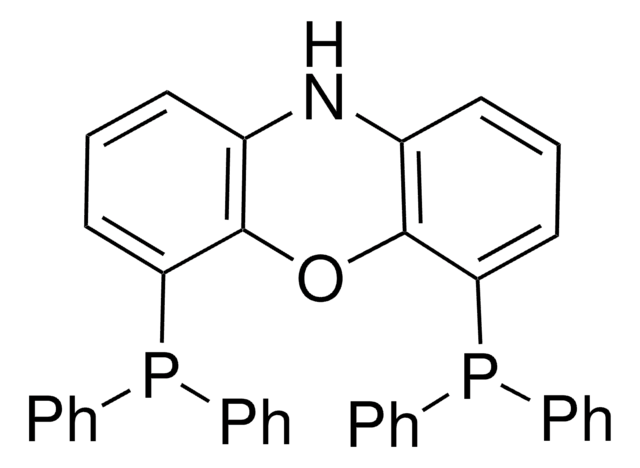
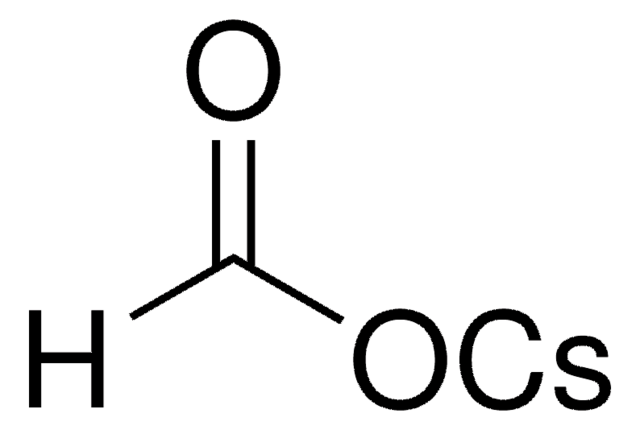
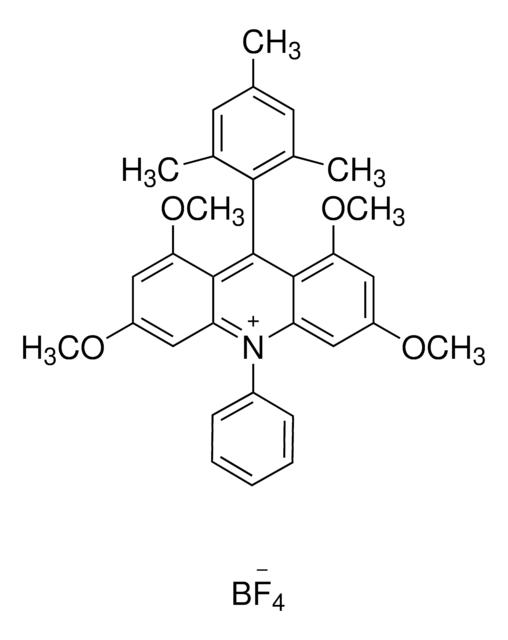


![Tris[2-phenylpyridinato-C2,N]iridium(III) sublimed grade](/deepweb/assets/sigmaaldrich/product/structures/167/234/658d0b76-d31d-4fd5-8041-e04e207227c9/640/658d0b76-d31d-4fd5-8041-e04e207227c9.png)